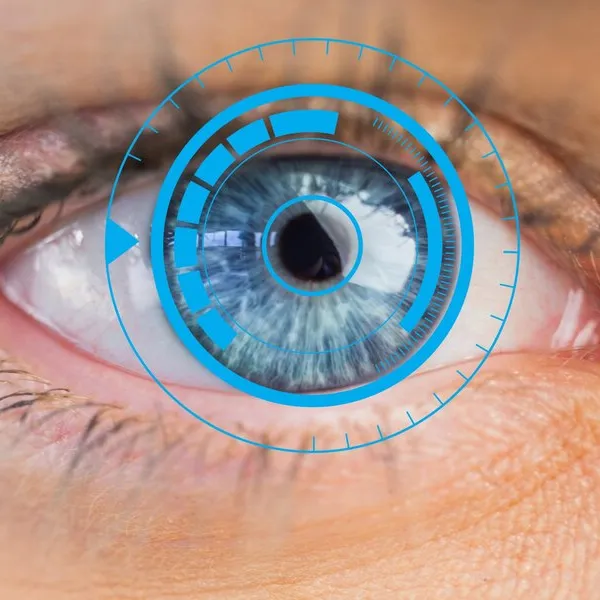Cataracts, medically known as Motiyabind, are a leading cause of vision impairment, especially in older adults. They occur when the natural lens of the eye becomes cloudy, causing blurred vision, glare, and difficulty seeing in low light. While cataracts are more common with age, they can develop at any stage of life due to genetic factors, diabetes, prolonged sun exposure, or eye injuries.
The only effective way to restore clear vision is through cataract surgery, during which the cloudy lens is replaced with an artificial lens known as an Intraocular Lens (IOL). Selecting the right lens is a critical step, as it directly impacts your vision quality after surgery. This article explores the options available and helps you understand which lens may be ideal for your cataract or motiyabind operation.
Understanding Cataract Surgery
Cataract surgery is one of the safest and most common procedures in ophthalmology. During the operation, the surgeon removes the opaque natural lens and implants a clear artificial lens. Modern techniques are minimally invasive, pain-free, and usually completed in under 30 minutes, although patients typically spend 3–4 hours at the hospital for preparation and post-operative care.
Two main surgical methods are used:
- Small Incision Cataract Surgery (SICS): Involves removing the lens through a small incision and placing the artificial lens.
- Phacoemulsification (PHACO): A more advanced procedure using ultrasound waves to break up and remove the lens, followed by lens implantation. PHACO is widely preferred due to faster recovery, smaller incision size, and better visual outcomes.
The choice of technique may depend on the cataract’s maturity, the patient’s eye condition, and surgeon expertise.
Types of Intraocular Lenses (IOLs)
The type of lens you choose determines how well you will see after surgery and whether you may need glasses for certain tasks. Here’s a guide to the most commonly used IOLs:
- Monofocal Lenses
- Provide sharp vision at a single distance, usually far.
- Affordable and widely used.
- Glasses are typically needed for near tasks like reading or using a mobile phone.
- Provide sharp vision at a single distance, usually far.
- Multifocal Lenses
- Offer vision correction for near, intermediate, and far distances.
- Reduce or eliminate the need for glasses post-surgery.
- Not suitable for all patients; pre-existing eye conditions may affect results.
- Offer vision correction for near, intermediate, and far distances.
- Toric Lenses
- Correct both cataracts and astigmatism (irregular corneal curvature).
- Available as monofocal or multifocal variants.
- Ideal for patients with pre-existing astigmatism.
- Correct both cataracts and astigmatism (irregular corneal curvature).
- Accommodative Lenses
- Mimic the natural lens, allowing the eye to adjust focus for different distances.
- Provide a more natural visual experience but may still require glasses for very close tasks.
- Mimic the natural lens, allowing the eye to adjust focus for different distances.
- Extended Depth-of-Focus (EDOF) Lenses
- Provide a continuous range of focus, reducing halos or glare.
- Ideal for patients who want clear vision across distances with fewer visual disturbances.
- Provide a continuous range of focus, reducing halos or glare.
- Light-Adjustable Lenses
- Can be fine-tuned post-surgery using specialized UV light treatment.
- Personalized vision correction for each patient, with follow-up adjustments over several weeks.
- Can be fine-tuned post-surgery using specialized UV light treatment.
How to Choose the Best Lens
Selecting the best lens for cataract or motiyabind operation depends on several factors:
- Visual needs: If you want to reduce dependence on glasses, multifocal or EDOF lenses may be preferable. Monofocal lenses work well if distance vision is the priority and you don’t mind wearing reading glasses.
- Lifestyle: Patients who drive at night or work extensively on computers may benefit from EDOF or accommodative lenses.
- Pre-existing conditions: Astigmatism, presbyopia, or other eye problems may require toric or multifocal toric lenses.
- Budget: Advanced lenses like EDOF or light-adjustable lenses are more expensive than monofocal options. Discuss all costs with your surgeon to make an informed choice.
It’s crucial to share your lifestyle, daily activities, and expectations with your eye surgeon. A detailed discussion ensures that the selected lens aligns with your vision goals, providing optimal results after surgery.
Cost Considerations
Lens choice influences the overall cost of cataract surgery. While monofocal lenses are affordable, advanced multifocal, toric, EDOF, and light-adjustable lenses may cost more due to their enhanced technology and ability to reduce dependency on glasses. Always confirm that the surgery package includes all expenses: lens cost, surgeon fees, operating room charges, and post-operative care.
Benefits of Choosing the Right Lens
Selecting the appropriate lens enhances visual outcomes, improves quality of life, and reduces the need for spectacles post-surgery. Modern lens technology, combined with techniques like PHACO, ensures minimal discomfort, faster recovery, and long-term vision stability.
Remember, lens replacement during cataract surgery is a lifetime decision. A careful choice based on professional advice, personal needs, and lifestyle ensures the best long-term satisfaction.
Key takeaway:
The best lens for cataract or motiyabind operation varies from person to person. Monofocal lenses are ideal for distance vision and budget-conscious patients, multifocal and EDOF lenses suit active lifestyles, while toric lenses are essential for astigmatism. Advanced options like light-adjustable lenses provide post-operative customization for ultimate precision.
Consulting your eye specialist is essential to determine the most suitable lens. With the right choice and modern surgical techniques, cataract surgery can restore clear vision, improve daily life, and help you see the world clearly once again.


